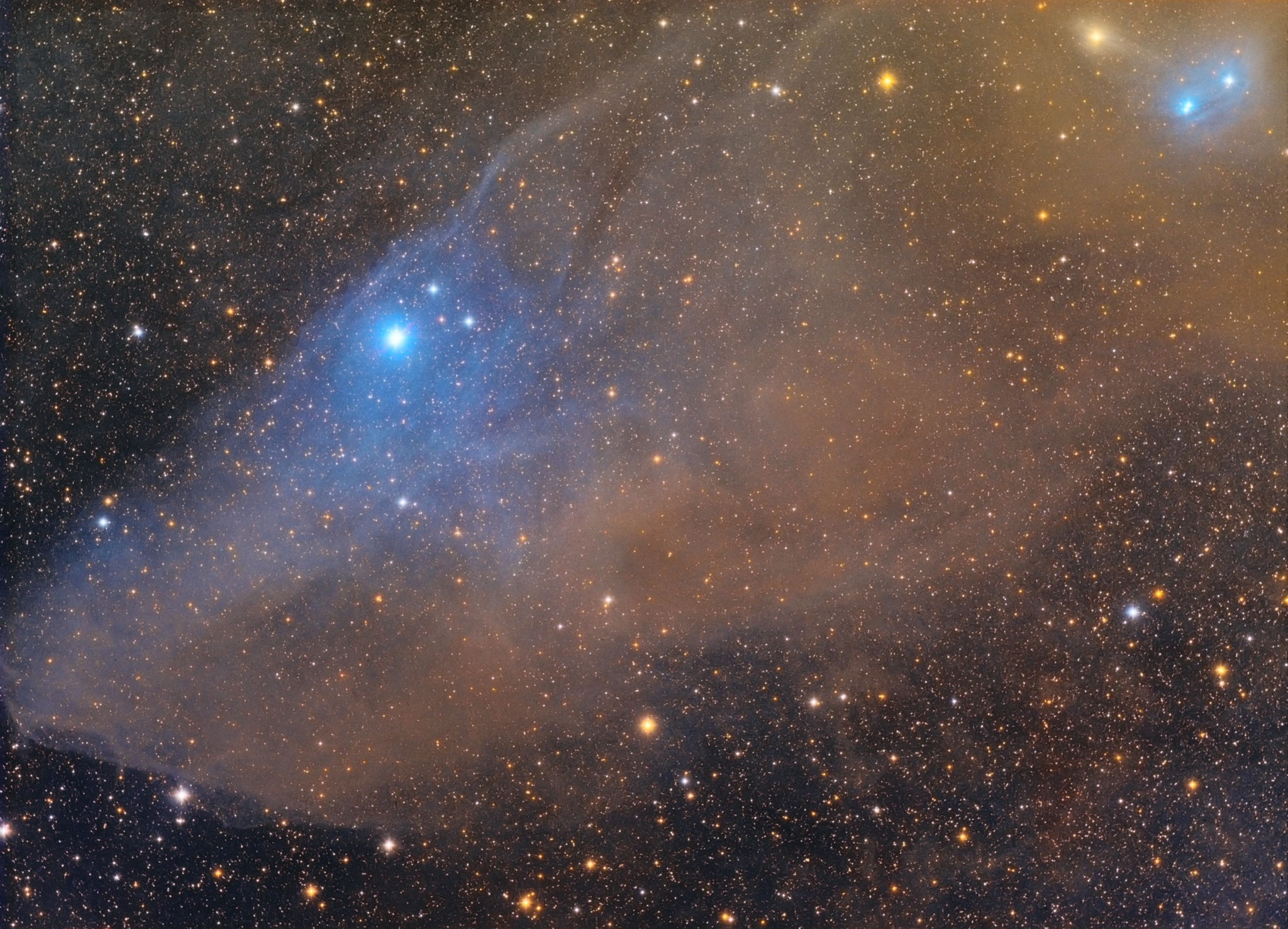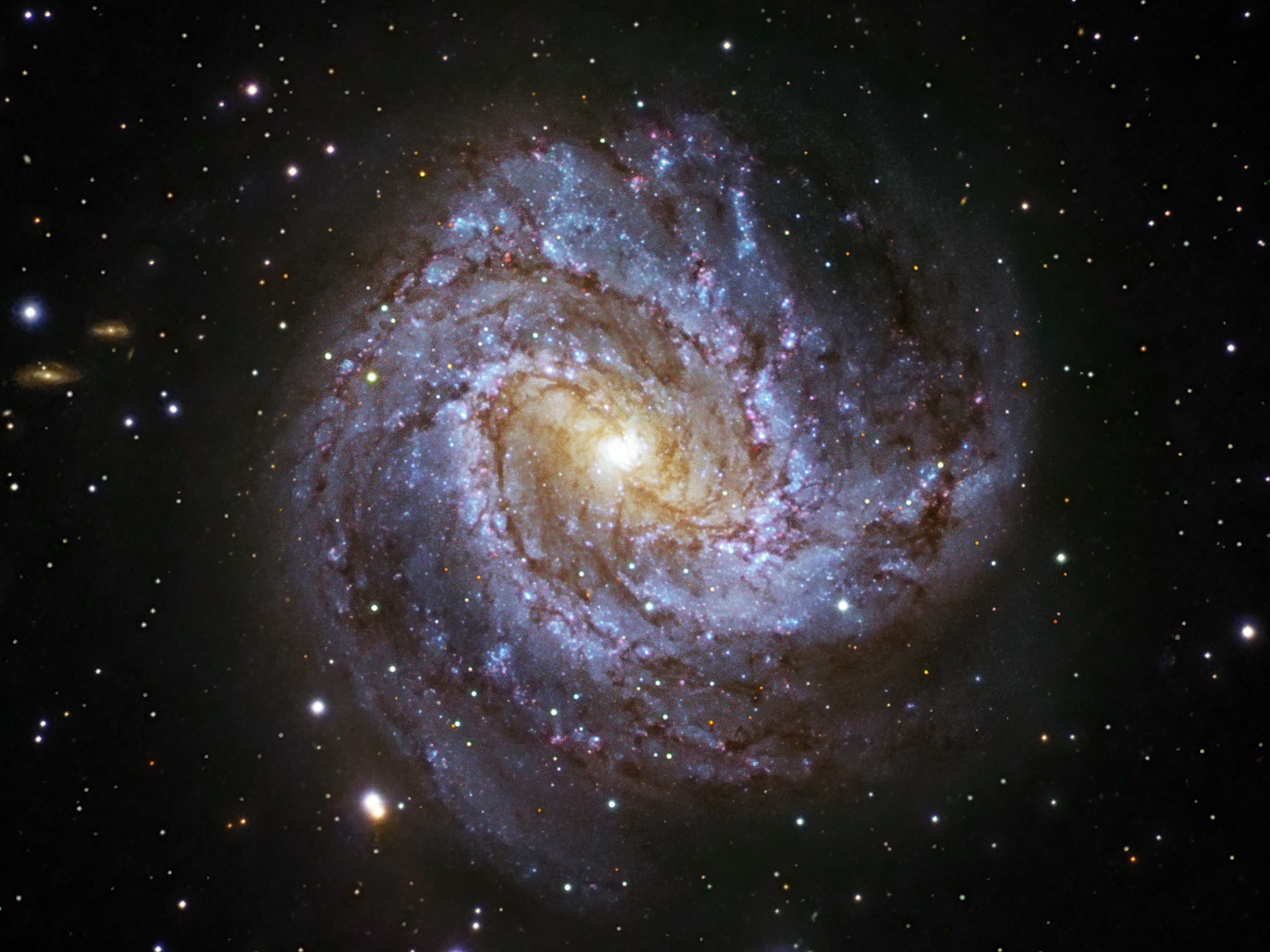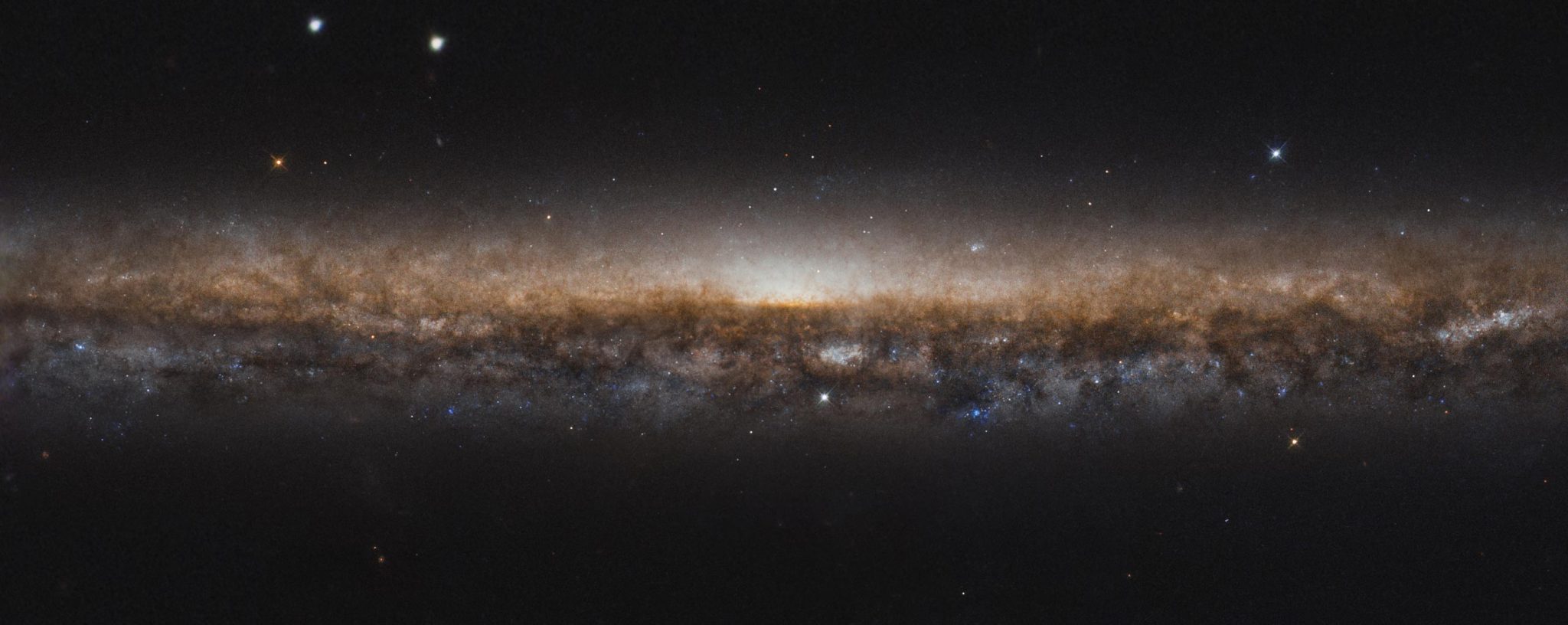Blog
Ralph Jose P. Burns (June 29, 1922 – November 21, 2001) was an American jazz pianist, composer, and arranger.
Burns was born in Newton, Massachusetts, United States, where he began playing the piano as a child. In 1938, he attended the New England Conservatory of Music. He admitted that he learned the most about jazz by transcribing the works of Count Basie, Benny Goodman and Duke Ellington. While a student, Burns lived in Frances Wayne‘s home. Wayne was already a well-known big band singer and her brother Nick Jerret was a bandleader who began working with Burns. He found himself in the company of such famous performers as Nat King Cole and Art Tatum.
After Burns moved to New York in the early 1940s, he met Charlie Barnet and the two began working together. In 1944, he joined the Woody Herman band with members Neal Hefti, Bill Harris, Flip Phillips, Chubby Jackson and Dave Tough. Together, the group developed a powerful and distinctive sound. For 15 years, Burns wrote or arranged many of the band’s major hits including “Bijou”, “Northwest Passage” and “Apple Honey”, and on the longer work “Lady McGowan’s Dream” and the three-part Summer Sequence. Burns worked with numerous other musicians. Stan Getz was featured as a tenor saxophone soloist on “Early Autumn“, a hit for the band and the launching platform for Getz’s solo career. Burns also worked in a small band with soloists including Bill Harris and Charlie Ventura.
more...The Blue Horsehead Nebula (IC 4592) is a faint reflection nebula of about 40 light-years across, located some 420 light-years away from Earth in the southern constellation of Scorpius, near the center of our Milky Way Galaxy.
The characteristic blue hue of reflection nebulae is caused by the tendency of the fine dust within these nebulae to more strongly scatter blue starlight. In this case, the nebula is lit by a very bright star on the nasal bridge of the horse.
That star – called Nu Scorpii and also known as Jabbah, the Arabic name for “the forehead of the scorpion” – appears to be a single star, but is actually a whole system of stars (possibly as many as seven), each of which is many times more massive, larger, hotter and more luminous than our Sun.
A second, bright reflection nebula (IC 4601) is illuminated by the intense radiation of two stars near the horse’s ear (these stars of which the brightest star is known as HD 147010, and the binary star system as HD 147013, are all blue giants). The dust of IC 4601 contains the heavy elements that planets are made of, and plays a major role in the creation of new stars. There probably are baby stars wrapped in these blankets of dust.

Steve Williamson (born 28 June 1964) is an English saxophonist and composer.(tenor saxophone, soprano saxophone, alto saxophone, keyboardand composition). He has been called “one of the most distinctive saxophone voices in contemporary British jazz”.
Born in west London to Jamaican parents, Steve Williamson began playing saxophone at the age of 16 and started his career playing in reggaebands, including Misty in Roots.
In 1984 and 1985 he studied at London’s Guildhall School of Music, where he was tutored by Lionel Grigson. Williamson was a member of the noted collective of British-born black jazz musicians who came together as the Jazz Warriors in the mid-1980s.
At the Nelson Mandela 70th birthday open-air festival in 1988 Williamson played alongside Courtney Pine in Wembley Stadium and afterwards was a constant presence at Ronnie Scott’s Jazz Club. He was member of Louis Moholo‘s Viva La Black (1988) and of Chris McGregor‘s Brotherhood of Breath (1990). During the 1990s he led his own band and appeared in projects of Iain Ballamy, Maceo Parker, Bheki Mseleku, US3, and Graham Haynes.
In 1990 Williamson released his first album A Waltz for Grace with Verve, featuring vocalist Abbey Lincoln. In 1992 he released his second album, Rhyme Time, followed by Journey to Truth in 1994, featuring Cassandra Wilson.
more...Anthony John Medeski (born June 28, 1965) is an American jazz keyboard player and composer. Medeski is a veteran of New York’s 1990s avant-garde jazz scene and is known popularly as a member of Medeski Martin & Wood. He plays the acoustic piano and an eclectic array of keyboards, including the Hammond B3 organ, melodica, mellotron, clavinet, ARP String Ensemble, Wurlitzer electric piano, Moog Voyager Synthesizer, Wurlitzer 7300 Combo Organ, Vox Continental Baroque organ, and Yamaha CS-1 Synthesizer (a “kids’ toy”), among others. When playing acoustic piano, Medeski usually plays the Steinway piano and is listed as a Steinway Artist.
Medeski was born in Louisville, Kentucky, and grew up in Florida. After studying piano as a child (starting when he was five years old), he began as a teenager to perform with musicians such as Mark Murphy and Jaco Pastorius. He attended Pine Crest School. In 1983, after graduating from high school, he began studying piano at the New England Conservatory in Boston, where he performed as a sideman with Dewey Redman, Billy Higgins, Bob Mintzer, Alan Dawson. Medeski attributes his early interest in playing improvised music and jazz to listening to Oscar Peterson.
Medeski performs in a range of musical styles, from accessible groove based funk and jazz (such as the MMW albums and A Go Go with John Scofield) to more experimental music (including many of John Zorn‘s projects: Duras: Duchamp, Interzone, Liber Novus, Nova Express, Dreamachines, Templars: In Sacred Blood, At the Gates of Paradise etc. and collaborations with David Fiuczynski).
Medeski is best known for his work with Medeski Martin & Wood including drummer and percussionist Billy Martin and bassist Chris Wood. The trio formed in New York in 1991 playing gigs at The Village Gate. Since the mid-1990s they have toured steadily in both national and international funk, jazz, and jam music scenes. The band has collaborated with such musicians as Iggy Pop, Trey Anastasio and John Scofield.
more...David “Honeyboy” Edwards (June 28, 1915 – August 29, 2011) was a Delta blues guitarist and singer from Mississippi.
Edwards was born in Shaw, Mississippi. At the age of 14, he left home to travel with the bluesman Big Joe Williams, beginning life as an itinerant musician, which he maintained through the 1930s and 1940s. He performed with the famed blues musician Robert Johnson, with whom he developed a close friendship. Edwards was present on the night Johnson drank the poisoned whiskey that killed him, and his story has become the definitive version of Johnson’s demise. Edwards also knew and played with other leading bluesmen in the Mississippi Delta, including Charley Patton, Tommy Johnson, and Johnny Shines.
more...Located about 15 million light-years away towards the Hydra (the sea serpent) constellation, Messier 83 is a nearby face-on barred spiral with a classic grand design form. It is the main member of a small galactic group including NGC 5253 and about 9 dwarf galaxies. Messier 83 stretches over 40,000 light-years, making it roughly 2.5 times smaller than our own Milky Way. However, in some respects, Messier 83 is quite similar to our own galaxy. Both the Milky Way and Messier 83 possess a bar across their galactic nucleus, the dense spherical conglomeration of stars seen at the centre of the galaxies.
Messier 83 has been a prolific producer of supernovae, with six observed in the past century. This is indicative of an exceptionally high rate of star formation coinciding with its classification as a starburst galaxy. Despite its symmetric appearance, the central 1,000 light-years of the galaxy shows an unusually high level of complexity, containing both a double nucleus and a double circumnuclear starburst ring. The nature of the double nucleus is uncertain but the off centre nucleus could be a remnant core of a small galaxy that merged with Messier 83 in the past. The star clusters in the nuclear starburst rings are mostly young stars between 5 and 10 million years old. This image is based on data acquired with the 1.5-metre Danish telescope at ESO’s La Silla Observatory in Chile, through three filters (B, V, R).

Khadja Nin (born 27 June 1959) is a Burundian singer and musician.
Nin was born in Burundi, the youngest of a family of eight. Her father was a diplomat. She studied music at an early age like most of her brothers and sisters. With her exceptional singing voice, at the age of seven she became one of the lead vocalists in the Bujumbura choir and performed in the local cathedral. She left Burundi for Zaire in 1975 and married in 1978. In 1980 she emigrated to Belgium with her two-year-old son. In 1985 she obtained a contract with BMG. Her second album, a 1994 release entitled Ya Pili, was critically acclaimed.
Her breakthrough came in 1996 with her widely popular album Sambolera, which was sung in Swahili, Kirundi, and French. In 1997 she performed the song “Sailing” in a duet with Montserrat Caballé on the album Friends For Life. She successfully used a blend between African rhythms and modern pop to create her own unique brand of music. One of her most popular songs is Sina Mali, Sina Deni, a translated cover version of Stevie Wonder‘s song Free.
The first album was released in 1992, sung in Swahili. But it is best known in France in 1995 with the tube Sambolera mali sound, a title of the second album, Ya Pili (The second). The third album is a compilation of old and new titles. Jeanne Moreau makes the clip illustrating her song Mama, where she talks about her mother, on her fourth album Ya … . The texts of this album are in Swahili or Kirundi (for the chorus of the title Mama). The album also includes a cover of a piece by Gabonese musician Pierre Akendengué, Africa Obota, and a title of Stevie Wonder, Free that she renamed Sina mali, sina deni (I am neither rich nor indebted). Another piece pays tribute to Nelson Mandela, and a song calls for easing the embargo imposed on Burundi.
In January 2000, she sang at AccorHotels Arena (at the time Palais Omnisports de Paris-Bercy) with Sting and Cheb Mami. She remarries in 2006 with the Belgian car driver Jacky Ickx, and they settle in Monaco. In this marriage, she has had a son who now lives in Belgium.
In 2018, she was a jury member at the Cannes Film Festival, under the presidency of Cate Blanchett, alongside actresses Léa Seydoux and Kristen Stewart, director Ava DuVernay, actor Chang Chen and directors Robert Guédiguian, Denis Villeneuve and Andrey Zvyagintsev.
more...George Braith (born George Timothy Braithwaite on June 26, 1939) is a soul-jazz saxophonist from New York. Braith is known for playing multiple horns at once, a technique pioneered by Roland Kirk. Braith is credited with the invention of the Braithophone, two different horns (straight alto and soprano) mended together by extensions, valves and connections.
Braith is featured in a mosaic in the 72nd street station of the Second Avenue Subway in the New York City Subway system.
Of Braith’s album Musart Thom Jurek at AllMusic wrote, “Musart is his masterpiece; it is one of the most diverse yet refined albums to come out of the ’60s, and has few peers even today.”
more...Johnny “Big Moose” Walker (June 27, 1927 – November 27, 1999) was an American Chicago blues and electric blues pianist and organist. He worked with many blues musicians, including Ike Turner, Sonny Boy Williamson II, Lowell Fulson, Choker Campbell, Elmore James, Earl Hooker, Muddy Waters, Otis Spann, Sunnyland Slim, Jimmy Dawkins and Son Seals.[2]
Walker was primarily a piano player but was also proficient on the electronic organ and the bass guitar (he played the bass guitar when backing Muddy Waters). He recorded solo albums and accompanied other musicians in concert and on recordings.
John Mayon Walker was born in the unincorporated community of Stoneville, Mississippi, partly of Native American ancestry. He acquired his best-known stage name in his childhood in Greenville, Mississippi, derived from his long, flowing hair. He learned to play several instruments, including the church organ, guitar, vibraphone and tuba.
He began his musical career as a pianist, in 1947, touring with various blues bands and backing such notable artists as Ike Turner, Sonny Boy Williamson II, Elmore James, Lowell Fulson and Choker Campbell. Walker served in the United States Army from 1952 to 1955, serving during the Korean War. In 1955, billed as Moose John, Ultra Records released the single, “Talkin’ ‘Bout Me”. His own recordings, released under various names, were unsuccessful, but Walker started working more consistently in the mid-1950s, notably backing Earl Hooker and Elmore James.Walker moved to Chicago in the late 1950s and over the next decade accompanied Sunnyland Slim, Otis Rush, Muddy Waters (for whom Walker played bass guitar), Ricky Allen, Little Johnny Jones, and Howlin’ Wolf.[4] In 1960, he accompanied Junior Wells on his best-known recording, “Messin’ with the Kid“. The following year Walker played on James’s recordings of “Look on Yonder Wall” and “Shake Your Moneymaker“. In 1962, Walker played on Waters’s recording of “You Shook Me“. During the 1960s, a couple of obscure Chicago-based record labels, Age and The Blues, released Walker’s solo singles.
more...St. Elmo Sylvester Hope (June 27, 1923 – May 19, 1967) was an American jazz pianist, composer, and arranger, chiefly in the bebop and hard bopgenres. He grew up playing and listening to jazz and classical music with Bud Powell, and both were close friends of another influential pianist, Thelonious Monk.
Hope survived being shot by police as a youth to become a New York-based musician who recorded with several emerging stars in the early to mid-1950s, including trumpeter Clifford Brown, and saxophonists John Coltrane, Lou Donaldson, Jackie McLean, and Sonny Rollins. A long-term heroin user, Hope had his license to perform in New York’s clubs withdrawn after a drug conviction, so he moved to Los Angeles in 1957. He was not happy during his four years on the West Coast, but had some successful collaborations there, including with saxophonist Harold Land.
More recordings as leader ensued following Hope’s return to New York, but they did little to gain him more public or critical attention. Further drug and health problems reduced the frequency of his public performances, which ended a year before his death, at the age of 43. He remains little known, despite, or because of, the individuality of his playing and composing, which were complex and stressed subtlety and variation rather than the virtuosity predominant in bebop.
Elmo Hope was born on June 27, 1923, in New York City. His parents, Simon and Gertrude Hope, were immigrants from the Caribbean, and had several children. Elmo began playing the piano aged seven. He had classical music lessons as a child, and won solo piano recital contests from 1938. Fellow pianist Bud Powell was a childhood friend; together, they played and listened to jazz and classical music. Hope attended Benjamin Franklin High School, which was known for its music program. He developed an excellent understanding of harmony, and composed jazz and classical pieces at school.
more...The galaxy known as NGC 5907 stretches wide across this image. Appearing as an elongated line of stars and dark dust, the galaxy is categorized as a spiral galaxy just like our own Milky Way. In this new image from the NASA/ESA Hubble Space Telescope, we don’t see the beautiful spiral arms because we are viewing it edge-on, like looking at the rim of a plate. It is for this reason that NGC 5907 is also known as the Knife Edge Galaxy.
The Knife Edge Galaxy is about 50 million light-years from Earth, lying in the northern constellation of Draco. Although not visible in this image, ghostly streams of stars on large arching loops extend into space, circling around the galaxy; they are believed to be remnants of a small dwarf galaxy, torn apart by the Knife Edge Galaxy and merged with it over four billion years ago.

More Posts
- Flamenco Fridays Camarón y Tomatito
- Daily Roots Gregory Isaacs
- Happy Samhain 2024
- Bates Motel Orchestra & Shotgun Wedding
- Cosmos IC 2118
- Booker Errvin
- Illinois Jacquet
- Julia Lee
- World Music Corvus Corax
- Daily Roots Susan Cadogan & Ken Boothe
- Grace Slick
- We Ride At Dawn
- Challenge to Change
- Cosmos NGC 602
- Trilok Gurtu
- Poncho Sánchez
- Clifford Brown
- World Music Memorial Manuel “Guajiro” Miraba
- Daily Roots Jah Lloyd
- Pim Jabobs